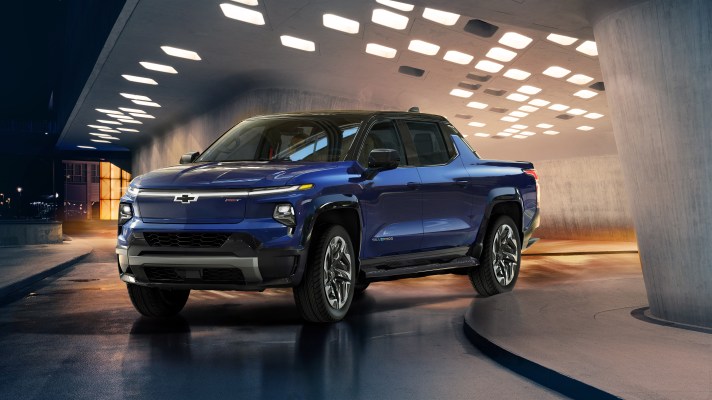General Motors and Pacific Gas and Electric Company are launching a pilot that will let EV owners use their vehicles as a backup power source for their homes during an outage.
The companies plan to test the bidirectional charging technology — which includes a vehicle-to-home (V2H) capable EV and charger — starting this summer at the PG&E Applied Technology Services facility in San Ramon, California. The pilot will involve collaborating on both the bidirectional hardware and the software that can manage flows of energy between the EV, the home and the grid.
Following lab testing, the companies will test in a field demonstration at a small subset of customers’ homes in PG&E’s service area, according to the companies.
As more automakers like GM pursue aggressive electrification plans over the next few years, finding ways to store and reallocate energy supplies will become necessary to avoid over-stressing the grid. That’s especially true in states like California where utilities providers like PG&E have had to cut off power for hundreds of thousands of homes and businesses to prevent power lines from sparking wildfires during high-risk weather conditions.
“We’ve got the most registered electric vehicles in our service territory in the country, and so as we looked at that resource, and it continued to evolve, the genesis of it all was how do we make power outages invisible?” said Aaron August, PG&E’s VP of business development, during a press briefing on Monday. “You start to look at all these mobile batteries. How do we get them to really help contribute to some of the different impacts that we’re seeing via climate change and other weather-driven events?”
Other companies are investigating ways to give power back to the grid or home via EV batteries, as well. Tesla’s Powerwall, for example, uses the same batteries in Tesla vehicles to store solar energy for backup protection, and Ford’s new F-150 Lightning electric pickup will also be able to power homes in the event of an outage.
“I can’t speak for our competitors, but I can tell you that GM’s pilot with PG&E is comprehensive, focusing not just on physical charging hardware alone, but the software and grid integration and AC-to-DC power conversion capabilities required to ensure that bidirectional charging actually works automatically and provides our customers with a consistent experience when needed,” Phil Lienert, a GM spokesperson, told TechCrunch.
Transforming alternating current (AC) into a direct current (DC) voltage, which can then be used to power electrical devices, is the industry standard today, which means the technology that GM and PG&E come up with will be more easily integrated into the way today’s grid powers batteries.
GM wouldn’t share which vehicles in its lineup would be used to test this technology, saying only that it would start off with the EV models it already has in production and ultimately intends to use everything in its fleet. While GM has many EVs lined up for the next few years, there are only a couple of electric vehicles in its portfolio today, including the GMC Hummer EV and the Chevrolet Bolt.
GM is expected to restart production on Chevrolet Bolt EVs, which had halted production as the automaker replaces batteries in existing Bolts under recall.
The pilot is in its earliest stages, so neither GM nor PG&E could share specifics about what the planned testing at customers’ homes would look like. For example, the utility company wouldn’t say if it would selectively turn off power for certain customers, allowing them to use their EVs as a backup generator.
The teams are working to scale the pilot quickly with the goal of opening larger customer trials by the end of the year, GM said.
In the future, PG&E will use the learnings from the GM pilot to advance vehicle-to-grid technology, said August, particularly as relying on renewable energy might sometimes lead to situations in which there is more demand than supply.
“Imagine a future where everyone is driving an electric vehicle – and where that EV serves as a backup power option at home and more broadly as a resource for the grid,” said PG&E CEO Patti Poppe, in a statement. “Not only is this a huge advancement for electric reliability and climate resiliency, it’s yet another advantage of clean-powered EVs, which are so important in our collective battle against climate change.”
